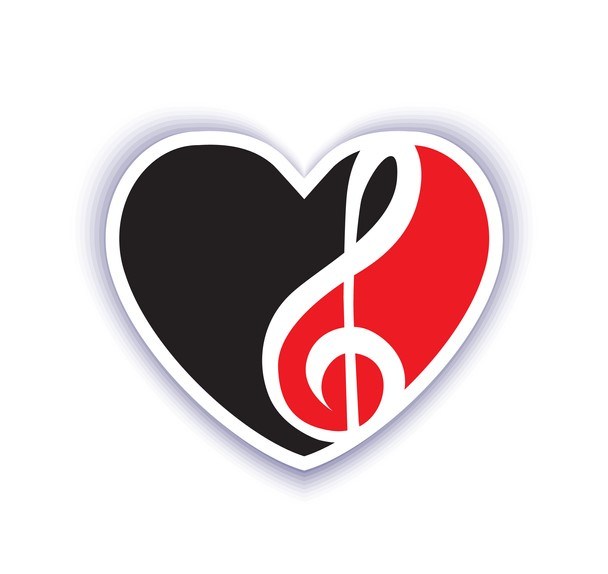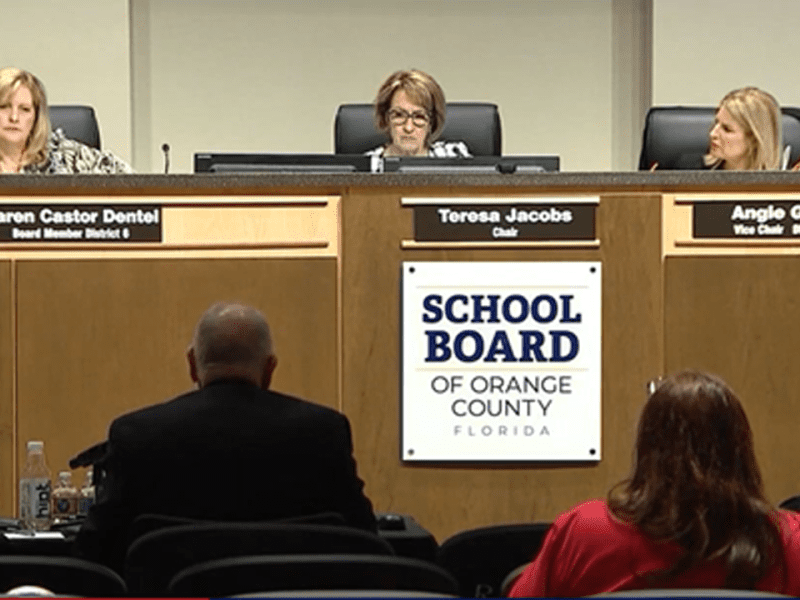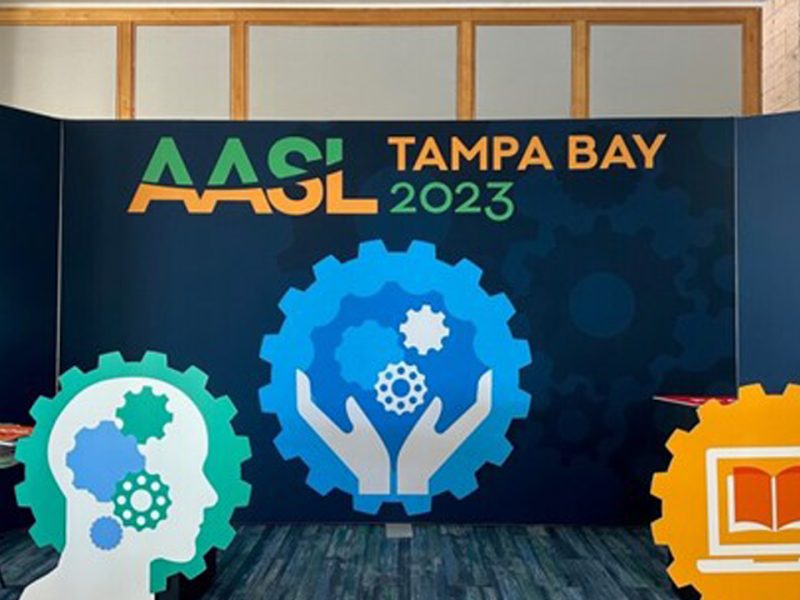Engaging Students with Social-Emotional Learning through Songwriting
National Association for Music Education (NAfME) | by Bryan Powell | June 30, 2020
As the school year ends and music educators transition to summer, there is a lot that is unknown about the coming school year. While some school districts have announced a combination of in-person, hybrid, and online models, other school districts are still waiting to see how the COVID-19 virus continues to develop before deciding what instruction will look like in the fall. While there is still a lot that is unknown, one thing that is certain is that the coming school year will look different than previous years, and students who have been dealing with this level of uncertainty are likely to have experienced social and emotional challenges as a result of not attending school.

Music teachers have long known the importance of addressing social and emotional learning in the classroom. With the events of the past few months, both in terms of remote learning as well as the prevalence of racist structures that disproportionately impact students of color, it is now more important than ever to think about addressing aspects of social and emotional learning through remote learning platforms. In May of 2020, music teachers from Santa Ana Unified School District (SAUSD) in California participated in a four-week professional learning series led by the non-profit organization Little Kids Rock. This PL series addressed elements of social and emotional learning through collaborative songwriting. The teachers used a cloud-based Digital Audio Workstation (DAW) to arrange cover songs and create new songs.
In this blog, I will discuss elements of social and emotional learning and briefly outline some of the activities that the SAUSD teachers did with their students during the spring semester quarantine. Some of these activities may give you ideas of how to incorporate songwriting into your own classroom.
About Social and Emotional Learning
The Collaborative for Academic, Social, and Emotional Learning (CASEL) identifies five core competencies that are an integral part of Social and Emotional Learning (SEL). They include the process through which children and adults:
- Acquire and effectively apply the knowledge, attitudes, and skills necessary to understand and manage emotions,
- set and achieve positive goals,
- feel and show empathy for others,
- establish and maintain positive relationships, and
- make responsible decisions.
With these core competencies in mind, let’s now think about how the process of songwriting can address each of these elements of SEL. When students engage in songwriting, it provides them a vehicle through which to express their emotions. Some students might even be able to say things through song lyrics or a rap that they wouldn’t be able to express normally. Before students are able to adequately manage their emotions, it is useful for them to explore and understand these emotions. Songwriting provides one opportunity for students to explore their thoughts, feelings, and emotions to express ideas that are important to them. Songwriting allows students to also set and achieve positive goals. Whether the goal is simply to write a song to express something that is on their mind, or to use their songs to advocate for a more compassionate and peaceful society, students, teachers, and parents can work together to establish positive goals that are in response to the desires of the students.

Using cloud-based DAWs like Soundtrap, Bandlab, or Soundation also allows students to engage in collaborative songwriting projects with other students during remote learning. The collaborative nature of the group songwriting process allows students to address the SEL competencies of showing empathy for others, establishing and maintaining positive relationships, and making responsible decisions.
Sample Projects for Cloud-Based Songwriting
MIDI is an acronym that stands for Musical Instrument Digital Interface. It is basically a communications protocol that allows people to share musical information across different platforms and devices. There are MIDI files available to download that will provide the multi-track info for many songs. You can download free MIDI files from a number of websites including bitmidi.com and midiworld.com. Once you (or your students) choose and download a MIDI file, you can drag it into the DAW, and you will immediately have each instrument part on a separate track. Once you have the MIDI parts in each track, students can create remixes of the song by changing the instrumentation, key, or other musical elements.
Students can also record the vocal parts to a track to create a cover song or write their own lyrics to create a parody or version of the song. Using the existing melody and rhythms of a song while writing your own lyrics is a great way to get started with songwriting. New lyrics are usually easier for students to create since they aren’t changing the chords of the song or having to come up with new melodic ideas. All they need to do is create new lyrics aligned with the melody, and these lyrics can connect to any topic that is important to them.
Once students feel comfortable with how a cloud-based DAW works, they can incorporate existing loops from the DAW to connect their compositions to genres that they listen to outside of class. These are great hands-on tools to assist students to understand various song forms, instrumentation, and arrangements in a specific genre. For teachers interested in collaborative songwriting through cloud-based DAWs, there are number of great resources available to help you get started. Little Kids Rock’s Jam Zone and YouTube Channel have free video lessons for teachers and students covering tips and technologies for songwriting, writing raps, and cloud-based DAWs. There are also songwriting, virtual teaching, and other useful and timely sessions that will be featured at the upcoming Virtual Modern Band Summit from July 15–18, 2020. Many of the cloud-based DAWs also offer free online training and certifications, and there are hundreds of “getting started” videos on YouTube that can explain everything you need to know. Once you understand the options for each music creation platform, you can choose the one that works best for your students based on features and price. Through leveraging the cultural capital of students and valuing their musical identities, teachers can address aspects of SEL through individual and collaborative cloud-based songwriting.
Addressing Student Trauma in Songwriting
While it may seem like a good idea to have your students write original songs about their experiences during the COVID-19 pandemic, educators must also be aware that many students might have experienced trauma during the time of the pandemic. Many students know friends or family members who lost jobs or even their lives during this time. And many students of color, especially Black students, may have experienced even more trauma due to structural violence against Black people. Music educators must be careful not to “re-traumatize” students by assigning them specific topics that they must write a song about. Regardless of the intention of these assignments, such activities can be more hurtful than helpful for some students and may end up re-traumatizing these students.
One key aspect of songwriting is student choice. Allowing students to decide the topics for these songwriting activities will allow those students who want to write about COVID-19, Black Lives Matter, or other societal events to do so without re-traumatizing other students who are not ready to process certain events in their life through songwriting. For music teachers who wish to learn more about trauma-informed pedagogies, there are a number of great resources online such as the Educational Law Center’s Unlocking the Door to Learning: Trauma-Informed Classrooms & Transformational Schools.
Bryan Powell, DMA is an Assistant Professor of Music Education and Music Technology at Montclair State University.







